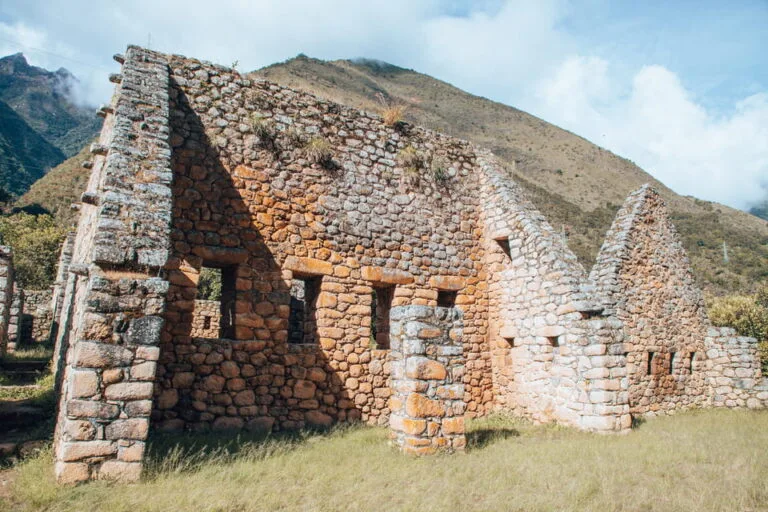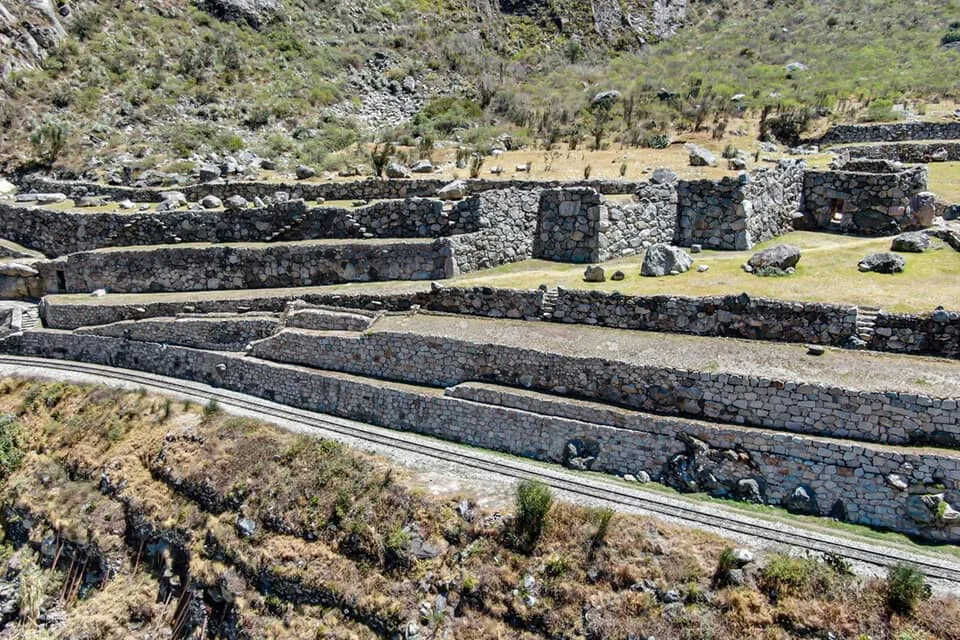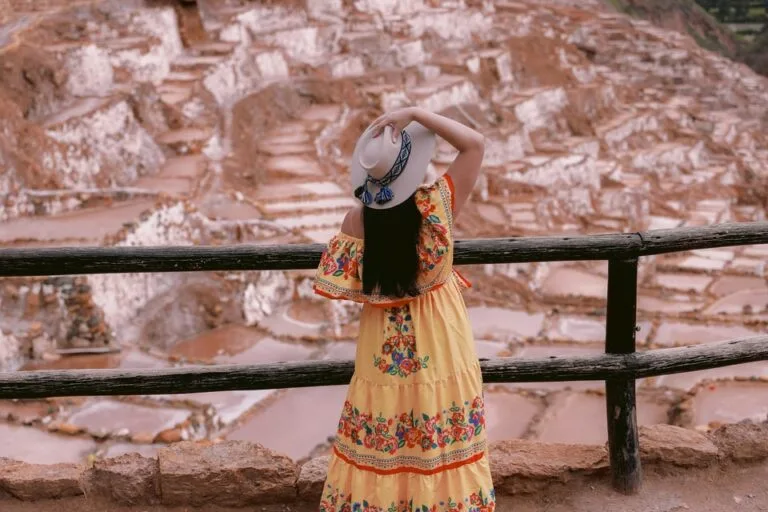Qenqo is one of the most enigmatic archaeological sites in Cusco. Carved from limestone and filled with spiritual symbolism, it served as a sacred ceremonial space for the Incas, dedicated to Pachamama and cosmic rituals.
Discover the Secrets of Qenqo! Explore the Mystical Inca Labyrinth in Cusco
Qenqo is located just 4 km from downtown Cusco and is part of the Sacsayhuamán Archaeological Park. At 3,580 meters above sea level, it is surrounded by breathtaking natural landscapes that enhance its spiritual atmosphere.
How to Get to Qenqo?
- Walking: A 40–60 minute walk from Cusco.
- Public Transport: Local buses from Rosaspata for just 1 sol.
- Taxi: Quick and convenient; agree on the fare beforehand.
- Organized Tour: Includes transport and a guide to explain the deep symbolism of the site.
History of Qenqo
Inca Period
Built in the 15th century during Pachacutec’s reign, Qenqo was used for religious and astronomical ceremonies, especially to mark solstices and equinoxes vital for agriculture.
Colonial Period
With the Spanish conquest, Qenqo was partially destroyed or abandoned. Its stones were often repurposed for colonial construction, as part of efforts to suppress Andean beliefs.
Present Day
Today, Qenqo is recognized as Cultural Heritage of Peru and remains a key destination for tourists and scholars fascinated by its enduring mysteries.
Main Attractions at Qenqo
The Amphitheater
A semicircular area surrounded by niches, used for public ceremonies. At its center is a monolith, possibly representing a puma—symbol of power in Inca culture.
Zigzag Channels
These carved channels were used in rituals to carry sacred liquids such as chicha or blood, symbolizing the flow of energy between realms.
Underground Galleries
Carved tunnels connecting different sectors, believed to symbolize the transition between earthly and spiritual worlds.
The Intihuatana
A carved stone altar that functioned as a solar observatory, showcasing the Incas’ sophisticated understanding of astronomy.
Tips for Visiting Qenqo
- Dress in Layers: Weather can vary quickly in the Andes.
- Sun Protection: Hat, sunglasses, and sunscreen are a must.
- Proper Footwear: Wear sturdy shoes for uneven terrain.
- Hydration: Bring water and light snacks.
- Tour Guide: Hiring a guide will enhance your understanding of Qenqo’s symbolic and historical context.
Best Time to Visit Qenqo
The dry season (April to October) is ideal for exploring Qenqo under clear skies and mild weather.
Frequently Asked Questions about Qenqo
1. What was Qenqo’s primary function?
It was a ceremonial site used for religious rituals and astronomical observations.
2. What do the carved channels symbolize?
They represent the connection between nature and the spiritual world and were used in ceremonies with sacred liquids.
3. Is Qenqo aligned with astronomical events?
Yes, like other Inca sites, it aligns with solstices and equinoxes.
4. Do I need a ticket to enter Qenqo?
Yes, it is included in the Cusco Tourist Ticket, which covers several archaeological sites.
5. Can I visit Qenqo on my own?
Yes, but a guide is recommended to gain deeper insights into its cultural and symbolic meaning.







